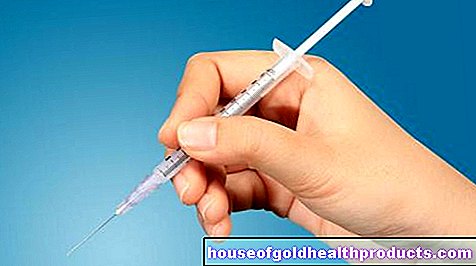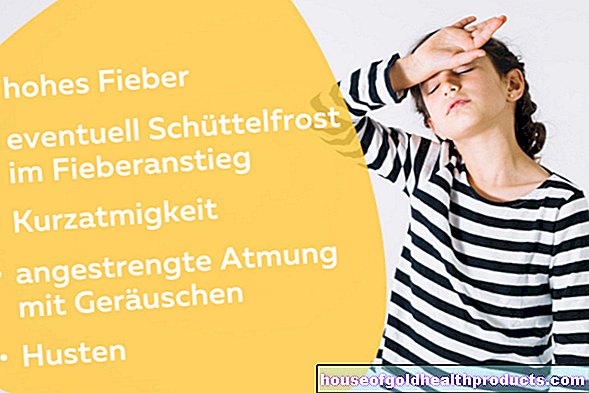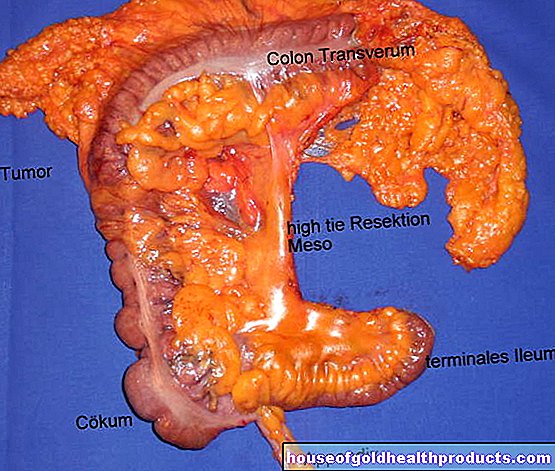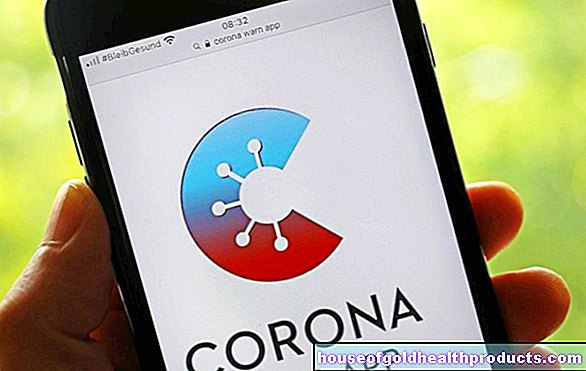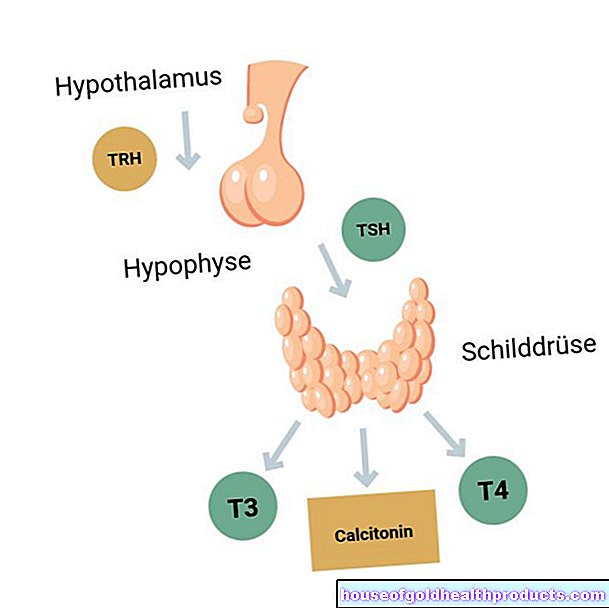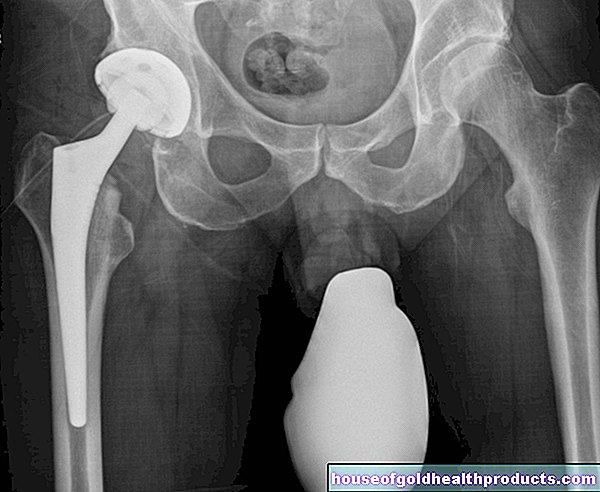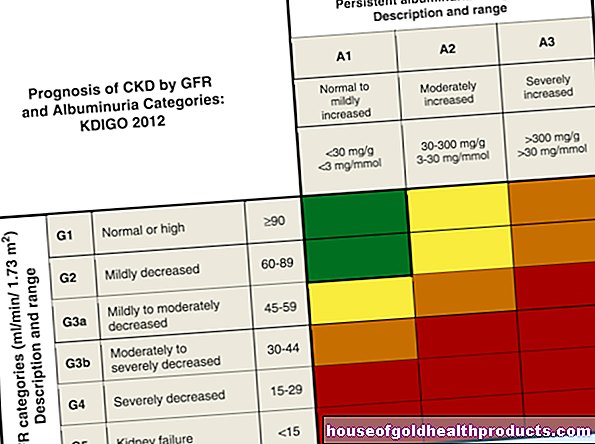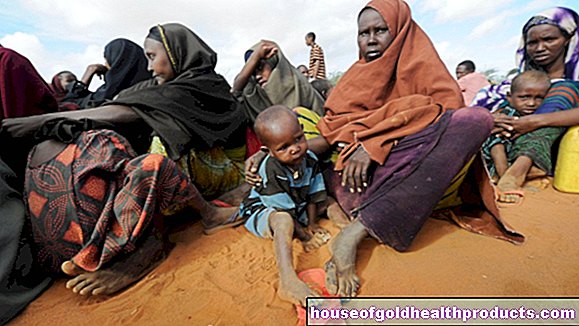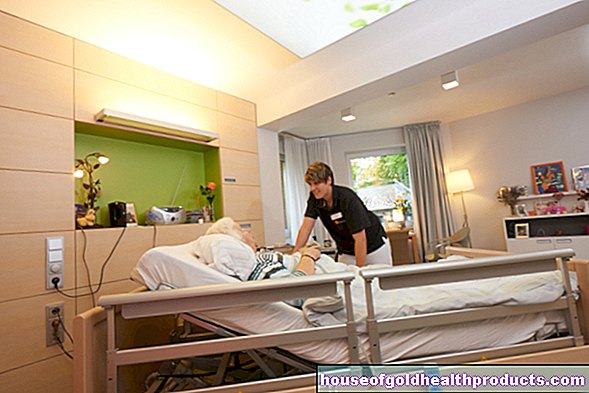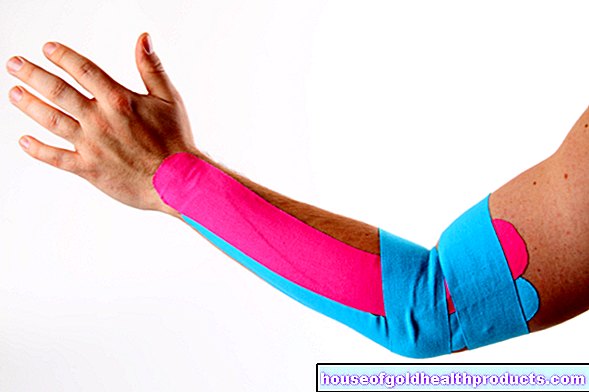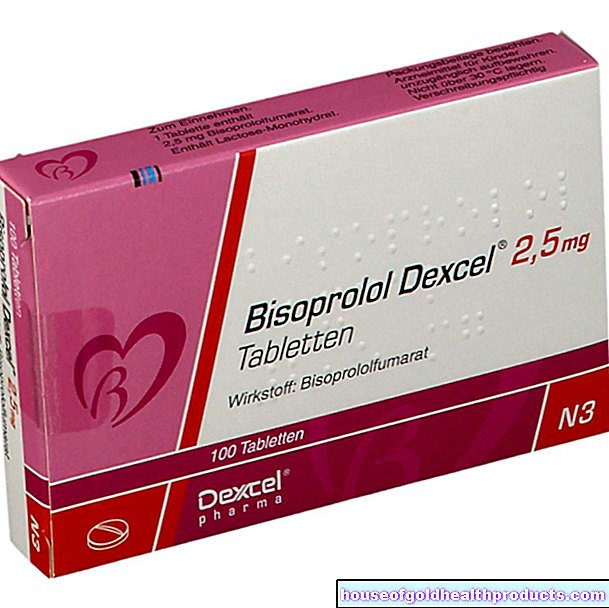Polio vaccination
and Florian Tiefenböck, doctorDr. med. Mira Seidel is a freelance writer for the medical team.
More about the expertsFlorian Tiefenböck studied human medicine at the LMU Munich. In March 2014, he joined as a student and has supported the editorial team with medical articles ever since. After receiving his medical license and practical work in internal medicine at the University Hospital Augsburg, he has been a permanent member of the team since December 2019 and, among other things, ensures the medical quality of the tools.
More posts by Florian Tiefenböck All content is checked by medical journalists.Polio vaccination with a dead vaccine is recommended by the Standing Vaccination Commission (STIKO) for all infants, children and adolescents. Anyone who is not or only incompletely vaccinated should urgently catch up or complete the polio vaccination. Adults who received a full primary series of vaccinations with a booster vaccination are considered fully vaccinated. Find out more about polio vaccination here.
ICD codes for this disease: ICD codes are internationally recognized codes for medical diagnoses. They can be found, for example, in doctor's letters or on certificates of incapacity for work. A80

Polio vaccination: meaning
The polio vaccination is the only effective protection against polio. Although the disease no longer occurs in Germany, there are some countries in which you can contract the poliovirus and become ill. Sporadic polio infections also come to Germany through international travel. That is why poliomyelitis vaccination is still important.
Polio vaccination: vaccines
From the 1960s to 1998, the polio vaccination in Germany was administered as an oral vaccine (OPV = oral polio vaccine). This live vaccine contained attenuated poliovirus and was given on a sugar lump. Because the oral vaccination occasionally led to an outbreak of disease (one or two cases of paralytic poliomyelitis per year), the Standing Vaccination Commission (STIKO) at the Robert Koch Institute changed the vaccination recommendations in 1998:
Since then, only an inactivated polio vaccine (IPV) that cannot cause disease has been used as an injection for polio vaccination. The trivalent polio vaccine is a dead vaccine, so it only contains killed polio pathogens of all three types (hence "trivalent").
Polio vaccination: vaccination schedule
The polio vaccination is usually given in infancy as part of the basic vaccination course together with five other standard vaccinations. In addition to the IPV, the six-fold vaccination also includes vaccines against diphtheria, whooping cough (pertussis), tetanus, hepatitis B and Haemophilus influenzae type B.
Since June 2020, the STIKO experts have been recommending that this combination vaccine be administered in three separate vaccinations. The 2 + 1 vaccination schedule is as follows:
- The first vaccination dose is given from the age of 2 months.
- The second dose follows in the 4th month of life.
- After seven months (11 months of age), the children receive the third polio vaccination through the six-fold vaccine.
Not all primary vaccines are approved for the reduced 2 + 1 vaccination schedule. If an approved vaccine is missing, doctors give the vaccination according to the 3 + 1 vaccination scheme (in months of life 2, 3, 4 and 11)!
For premature babies born before the 37th week of pregnancy, the 3 + 1 vaccination schedule always applies. You will receive an additional dose of vaccine when you are three months old.
If the polio vaccine is to be administered alone (as a monovalent vaccine) and not as a combination vaccine together with other protective vaccinations, patients will receive three vaccinations for the primary vaccination. The times are usually chosen as with the 2 + 1 vaccination scheme.
Premature babies born before the 28th week of pregnancy have an increased risk of breathing pauses during the three days after a polio vaccination. They are therefore monitored over this period.
Polio vaccination refresher
The Robert Koch Institute recommends having the polio vaccination refreshed between the ages of nine and 16 years - or as a polio catch-up vaccination up to the age of 18. At the same time, the vaccinations against diphtheria, tetanus and whooping cough are usually refreshed.
After the age of 18, a routine polio vaccination booster is no longer planned. An additional dose is only recommended for the following adults whose last booster vaccination was more than ten years ago:
- Polio travel vaccination for travelers to countries with an increased risk of infection (the latest reports from the World Health Organization (WHO) must be observed, parts of Africa and Asia are mainly affected)
- Resettlers, refugees and asylum seekers in community facilities if they have come from regions at risk of polio
Doctors also recommend an occupational polio vaccination for the following occupational groups:
- Staff in communal facilities
- Medical staff, especially when they are in close contact with polio sufferers
- Laboratory personnel at risk of poliomyelitis
Missing or incomplete basic immunization
If someone did not receive any or not all of the basic vaccinations as a child or if the vaccinations were not documented, the polio vaccination should be made up for or completed.
If you want to travel to endemic areas and do not have proof of a complete polio vaccination, medical professionals recommend at least two IPV vaccination doses before you start your journey. You can obtain more detailed information on this from your doctor.
Polio vaccination: duration of protection
Fully immunized is anyone who has received a complete basic vaccination course and a booster vaccination. After that, there is reliable polio vaccination protection for ten years.
Polio vaccination: vaccination reactions and side effects
The six-fold vaccine is generally well tolerated. Sometimes a slight skin reaction (redness, swelling, pain) develops at the injection site. Adjacent lymph nodes can swell. In addition, slight general reactions such as fatigue, gastrointestinal complaints or temperature increases are possible.
High fever and bronchitis can also occur. Such reactions to the polio vaccination combined with other vaccines usually subside one to three days after the vaccination.
Some people are allergic to ingredients in the vaccine. Other side effects are rare.
The vaccine reactions and side effects may vary slightly depending on the combination vaccine used.
Polio vaccination: contraindications
As with all vaccinations, the polio vaccine should not be given if someone has a febrile illness. The same applies to severe allergic reactions to the polio vaccination or one of its components.
Tags: prevention anatomy tcm